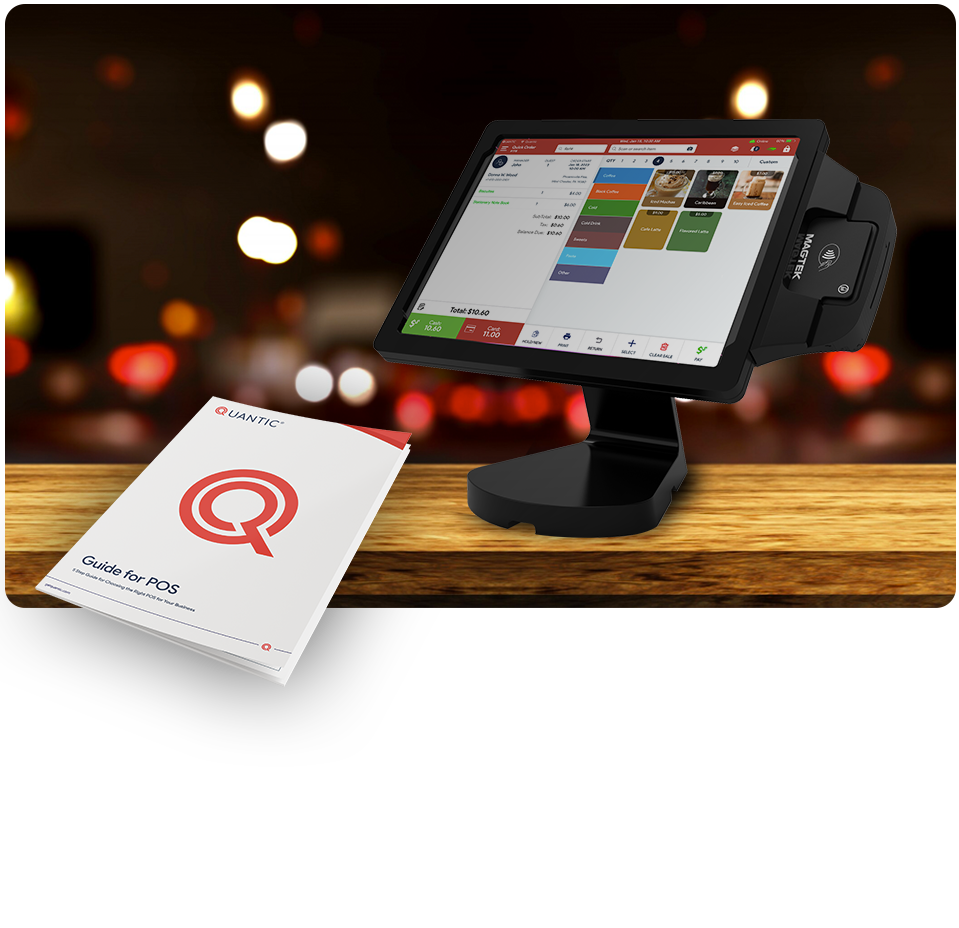Registration has been disabled.
Business Types
Payments Instore
Copyright © 2024 | Quantic
All rights reserved. Various trademarks held by their respective owners.
Terms & Conditions | Privacy Policy
All rights reserved. Various trademarks held by their respective owners.
Terms & Conditions | Privacy Policy
